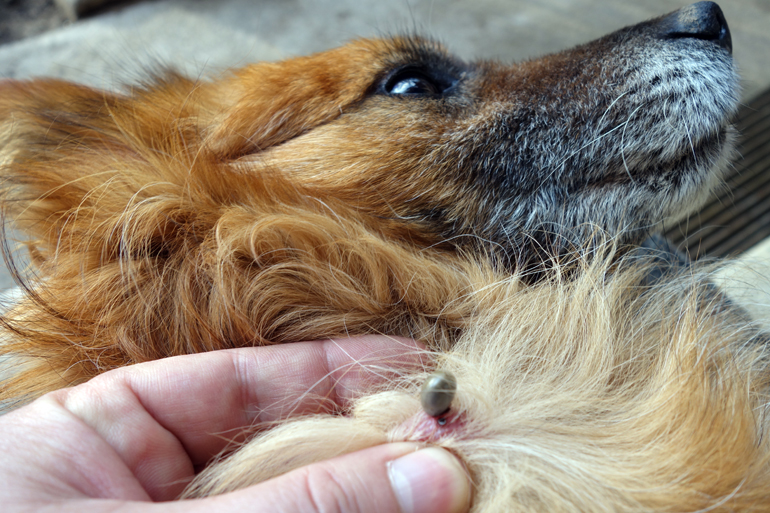
Some Differences between the Canine and Human Digestive Systems
There are numerous differences between humans and canines. In this article, we will name some of the nutritional differences and the physiological differences between the two, apart from the logical ones from the point of view that dogs are considered carnivores.
- Their tooth enamel is thinner than ours.
- Differences in saliva enzymes, which they lack, and differences in their pH.
- Glucose is obtained differently. In humans, carbohydrates are essential for life, while dogs can also obtain it more easily than we can, by processing proteins and fats.
- Our digestive system is longer and less acidic. The digestive system of dogs is shorter and prepared to counteract harmful microorganisms. This also, in return, means that foods with low digestibility take longer for them to digest.
- Like other carnivores, they are prepared for meat ingredients (meat, offal, bones, fats, etc.) to make up a high percentage of their diet, although not the only one. In nature, wolves also take advantage of tubers, fruits, vegetables, and some cereal, for example, that their prey has ingested. While it is true that in most cases they have already been pre-digested by their prey, and therefore pure forms of certain cereals with low digestibility can cause our dogs very prolonged digestions and minimal absorption of their nutrients.
These are the ones we would highlight, but we will expand on them in future articles.
¡Comparte!
¡SÍGUENOS!
Últimos artículos
August 7, 2025
August 7, 2025
August 7, 2025




